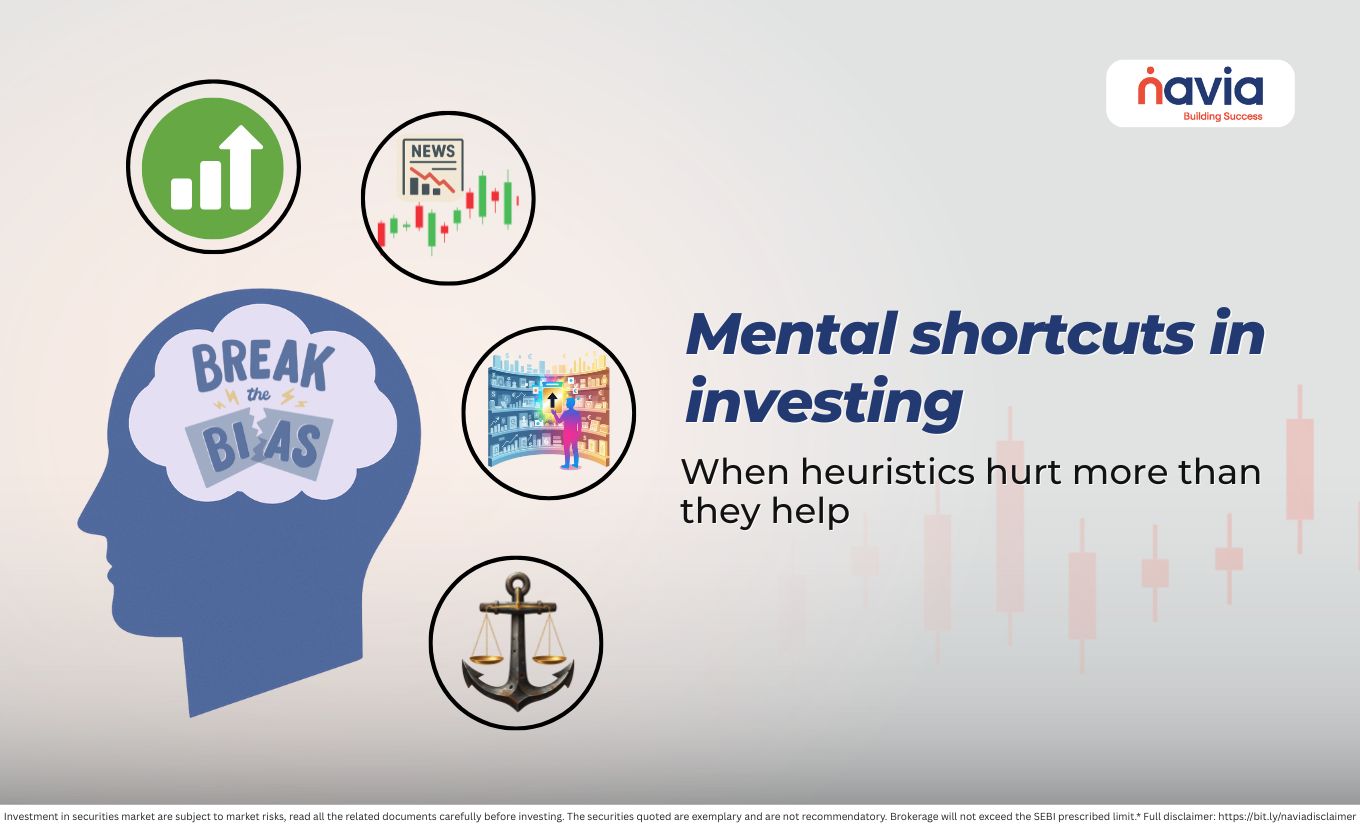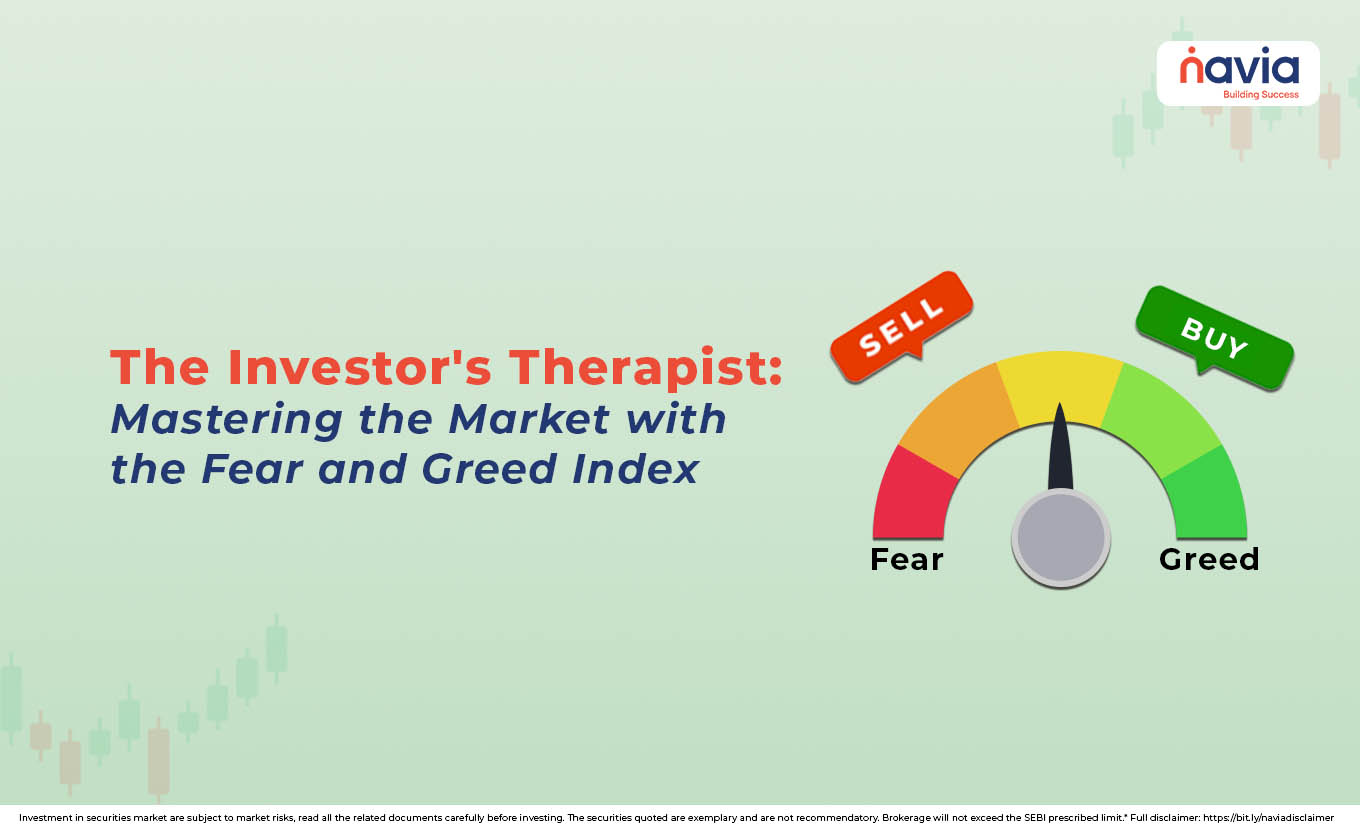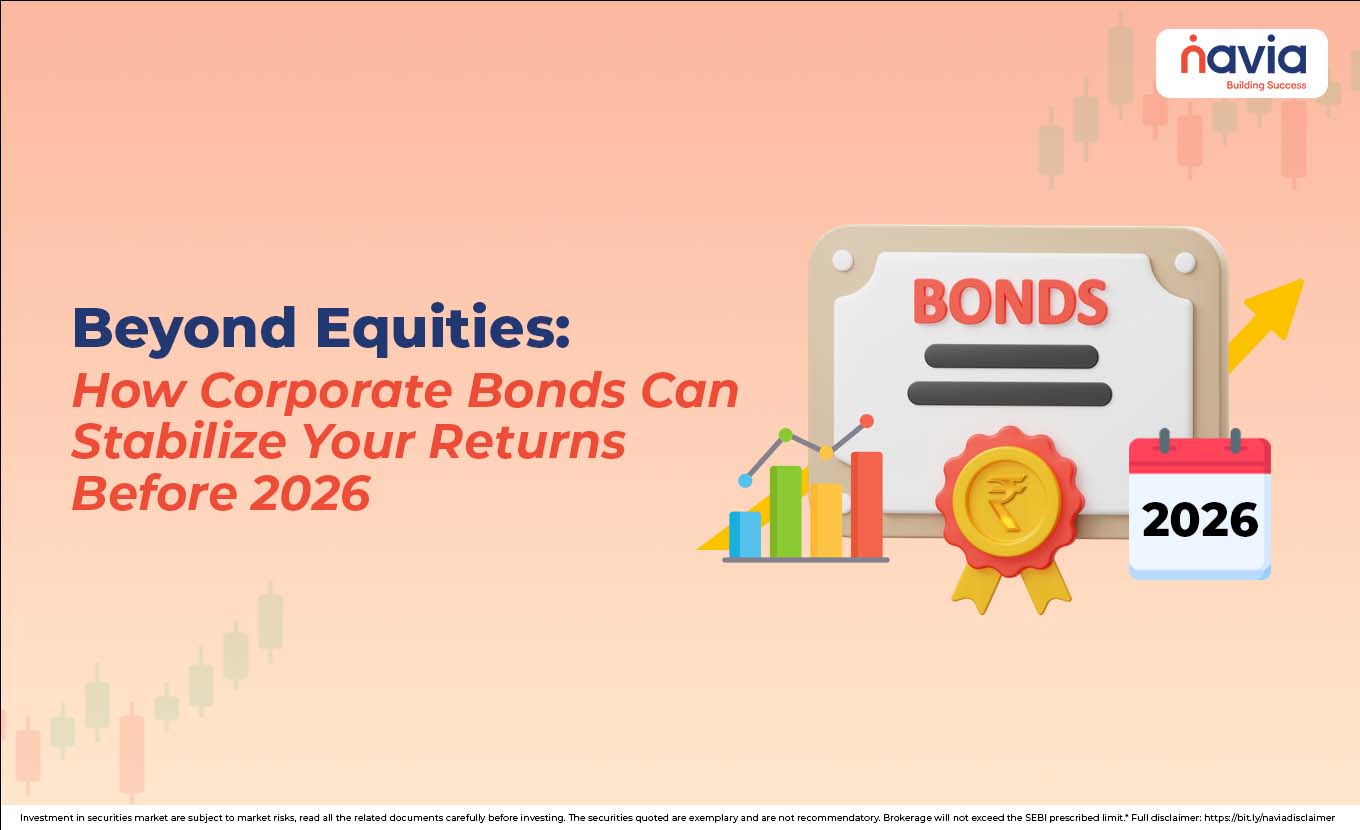Mental Shortcuts in Investing: When Heuristics Hurt More Than They Help

- What Are Heuristics?
- Common Heuristics in Investing
- Why Heuristics Can Be Costly?
- How to Guard Against Heuristic Traps?
- Why This Matters for Navia Clients?
In our daily lives, our brains are wired to save time and effort. Instead of analyzing every tiny detail, we rely on mental shortcuts—known as heuristics—to make quick decisions. While these shortcuts often work well in everyday choices (like choosing a familiar brand at the supermarket), in investing they can lead to costly mistakes.
What Are Heuristics?
Heuristics are simple “rules of thumb” our mind uses to simplify complex problems. For example:
➣ “If everyone is buying it, it must be good.”
➣ “A big brand company is always a safe bet.”
They feel efficient, but when applied to financial markets—where complexity and uncertainty are the norm—these shortcuts often backfire.
Common Heuristics in Investing
Representativeness Heuristic
Believing that if a company looks like a past winner (say, an IT stock in the 2000s), it must deliver similar returns. In reality, no two cycles are alike.
Availability Heuristic
Availability heuristic means making decisions based on recent news or headlines. For instance, after hearing constant news about gold prices rising, investors may rush into gold ETFs without considering long-term suitability.
Anchoring Heuristic
Anchoring heuristic means getting fixated on a stock’s past high price. Example: refusing to sell a stock bought at ₹500 just because it’s now at ₹300, waiting endlessly for it to “get back there.”
Familiarity Heuristic
Preferring companies or sectors you know—like always buying banking or IT stocks—while ignoring diversification opportunities.

Why Heuristics Can Be Costly?
🔸 They create false confidence, making investors overlook risks.
🔸 They push us towards herd behavior, chasing trends instead of strategy.
🔸 They make us cling to biases, ignoring changing fundamentals.
In short, heuristics feel safe in the moment but can erode long-term returns.
How to Guard Against Heuristic Traps?
➜ Pause before reacting. Take a step back when tempted to act on news or trends.
➜ Rely on data, not intuition. Use research reports, screeners, and fundamental analysis.
➜ Diversify smartly. Avoid overexposure to one idea, sector, or theme.
➜ Automate discipline. SIPs, portfolio reviews, and AI-powered tools reduce impulsive choices.
➜ Learn from history. Market patterns repeat, but never in exactly the same way.
Why This Matters for Navia Clients?
At Navia, we recognize that the hardest part of investing is not finding opportunities—it’s avoiding mistakes driven by human bias. By integrating advanced technology, real-time insights, and behavioral finance awareness into our platforms, we help you move beyond shortcuts and make smarter, evidence-based investment decisions.
Key Takeaway
Heuristics are great for choosing dinner quickly, but in investing, shortcuts often cost more than they save. Slow down, analyze, and let discipline guide your wealth journey.
Do You Find This Interesting?
DISCLAIMER: Investment in securities market are subject to market risks, read all the related documents carefully before investing. The securities quoted are exemplary and are not recommendatory. Full disclaimer: https://bit.ly/naviadisclaimer.






